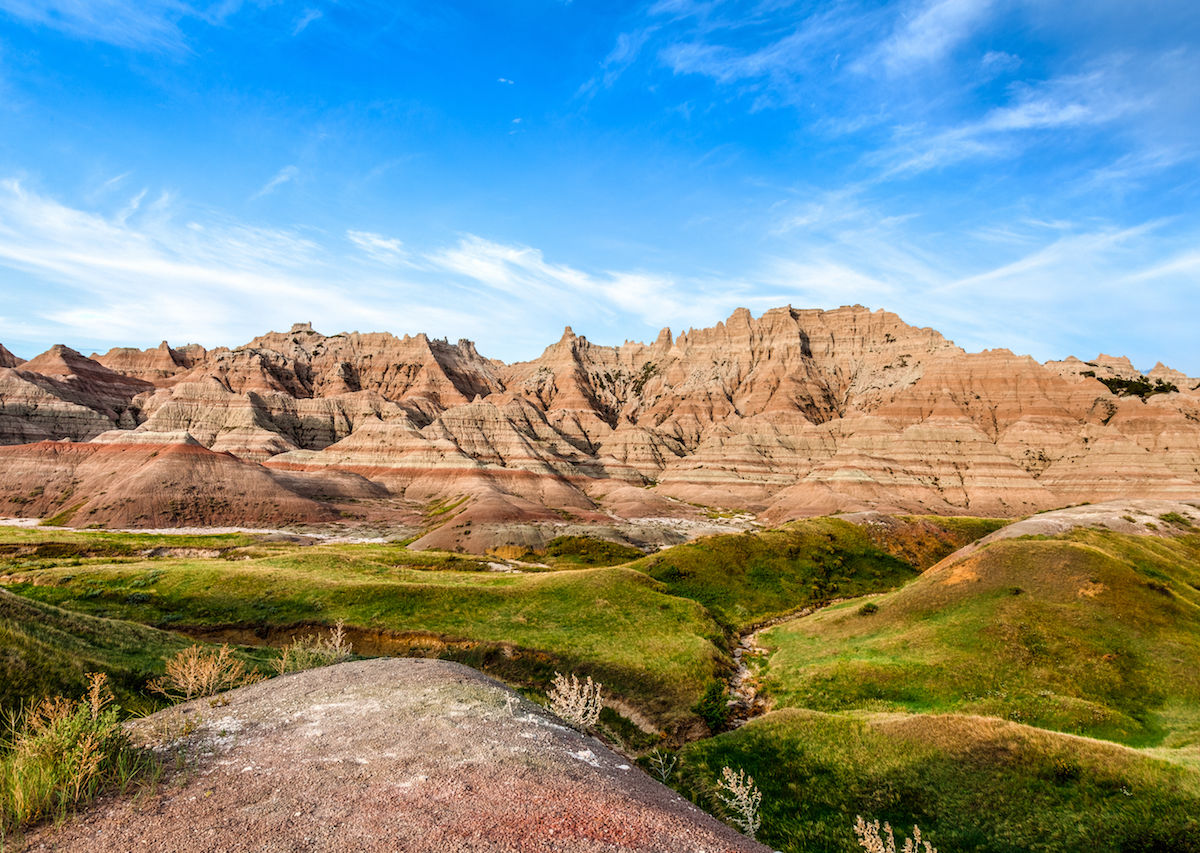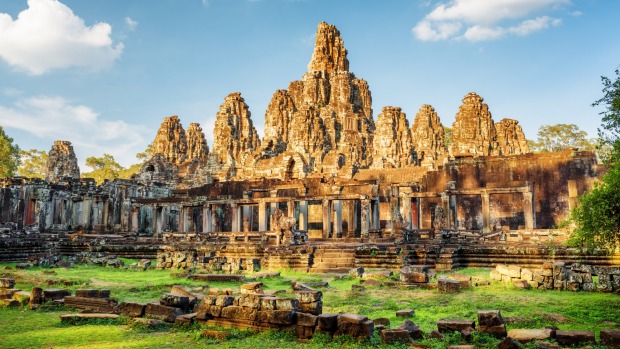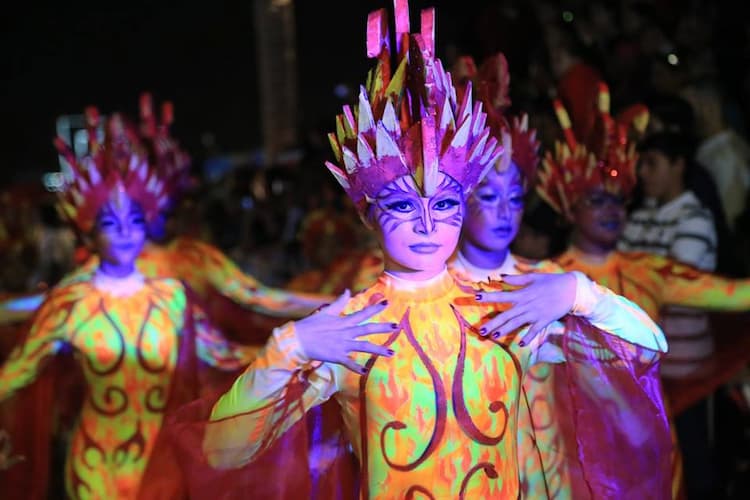A VISIT TO CUSTER STATE PARK
As I urged the car window upwards, the ridiculously large, white-capped snout thumped against the glass and brown eyes gazed intently at us.
Once our visitor realized he wasn’t going to get a quick snack, he ambled off to find his next victim, leaving a slobbery mess on the window. Around us, traffic was stopped as his companions surrounded other vehicles with the same intent of extracting a tasty tidbit.
Custer State Park’s “begging burros” have perfected their panhandling routine. Descendants of a herd that once provided trail rides in the park, these docile donkeys seem to work in concert.
One or two will stand in the middle of the road slowing or stopping traffic. Meanwhile, the rest seek open windows in search of whatever foodstuffs the vehicle’s inhabitants are willing to part with.
The entertaining herd of big-eared clowns is just a small part of the varied and fascinating inhabitants of South Dakota’s Custer State Park.
CUSTER STATE PARK DESERVES YOUR ATTENTION
Standing in the shadows of Mount Rushmore and the Crazy Horse Memorial, Custer State Park can be overlooked. However, it does deserve your full attention. The park is named after General George Armstrong Custer, who spent the summer of 1874 on an Army expedition in the area.
The immense reserve frames an amazing portrait of natural beauty and is a refuge for a wonderful diversity of wildlife. It is one of the nation’s largest state parks with 71,000 acres of land. Our autumn introduction to the park began with the temperature hovering in the mid-thirties and a wintery mix coating our windshield.
SCENIC NEEDLES HIGHWAY
The park boasts several scenic drives one of which, the Needles Highway, was the start of our exploration. Its roadway twists and turns its way past towering rock formations and through improbably narrow tunnels.
Slowing down and honking the horn before entering one of the single-lane tunnels will minimize the times you have to back up to allow oncoming traffic through. It only took one time for me to learn that lesson.
The road journeys for 14 miles through forests of pine and past meadows harboring birch and aspen against a backdrop of steep, craggy mountains. The rock formations are impressive.
The Needle’s Eye and Cathedral Spires are granite steeples that stand tall against the skyline. This is definitely a journey not to be hurried.
The designer of the Needles Highway and the driving force behind Custer State Park was Peter Norbeck. He was a South Dakota native who became a 2-term governor and 3-term U.S. senator. Norbeck first visited what would become Custer State Park in 1905.
After becoming Governor in 1919, he moved to designate the lands as South Dakota’s first state park. A noted conservationist, he not only advocated for the state park but was also instrumental in securing federal funds for the Mt. Rushmore monument.
WELL-NAMED WILDLIFE LOOP
As the clouds dispersed and the day warmed, we exited the peaks and entered the Wildlife Loop Road. Extending through 18 miles of open grasslands and gently rolling hills, we soon discovered that the road was well-named.
We had barely inched our way onto the motorway when we were slowed by a cluster of big-horned sheep. They seemed quite unvexed by the traffic as they made their way to the other side of the road.
Then we saw what we came to see: dozens upon dozens of bison. Often incorrectly referred to as buffalo, the massive bison were spread out in front of us. They moved slowly along, intent on munching their way across fields of grass.
Several ambled near to us and onto the roadway. We were told later that they seek out the salt and minerals in the gravel shoulders. In 1914, 36 bison were introduced to the park. Today that herd numbers nearly 1,500.
BEWARE THE BISON
Ignoring common sense and the explicit warnings posted throughout the park, I stepped out of the car with camera in hand to get a better look at one the massive specimens. Male bison, which can weigh up to a ton, may look docile as they amble about.
However, they can be quite aggressive and will run upwards of 30 miles an hour. With a snort and preemptive pawing of the ground, my hairy friend made it clear he was not interested in making any new acquaintances.
Taking the hint, I quickly reentered the safety of the car as he strolled across the road in front of us as if making a point.
After a very mesmerizing 30 minutes, we very slowly eased our way forward to continue our explorations. We chanced upon a host of the park’s residents, including mule-deer and pronghorn antelope before being “accosted” by the aforementioned band of burros.
The ease and nearness of our encounters without the restrictions of bars or fences enhanced the experience.
IMPOSSIBLE IRON MOUNTAIN HIGHWAY
From the Wildlife Loop, we drove onto the Iron Mountain Highway, a road that engineers once said couldn’t be built. Only a portion of this road is in Custer State Park. This winding road runs between the park and Mount Rushmore National Memorial.
With a backdrop of the Black Hills, many of this road’s memorable sites are the architectural features including massive wooden structures, called pigtail bridges. These well-named bridges curl back around and over the road to gain elevation into the hills.
They lead to one-lane tunnels built to frame Mt. Rushmore National Memorial creating a spectacular first view of the granite presidents.
After squeezing your way through the three tunnels you’ll wind around and upwards to the 5,445-foot summit. Here you’ll find a small turn-off that offers a panoramic view of the mountains and Mount Rushmore.
SHIMMERING SYLVAN LAKE
Our drive ended far below the hills at Sylvan Lake, one of five lakes in the park. Sylvan Lake shimmers under towering rock formations and should be recognizable to anyone that saw the Nicolas Cage movie “National Treasure 2: Book of Secrets”. A fairly easy-going trail encircles the lake allowing hikers to enjoy the wonderful views from all directions.
Custer State Park captures the beauty of nature at its best. Senator Peter Norbeck was quoted as saying, “To do the scenery half justice, people should drive 20 or under; to do it full justice they should get out and walk.”


